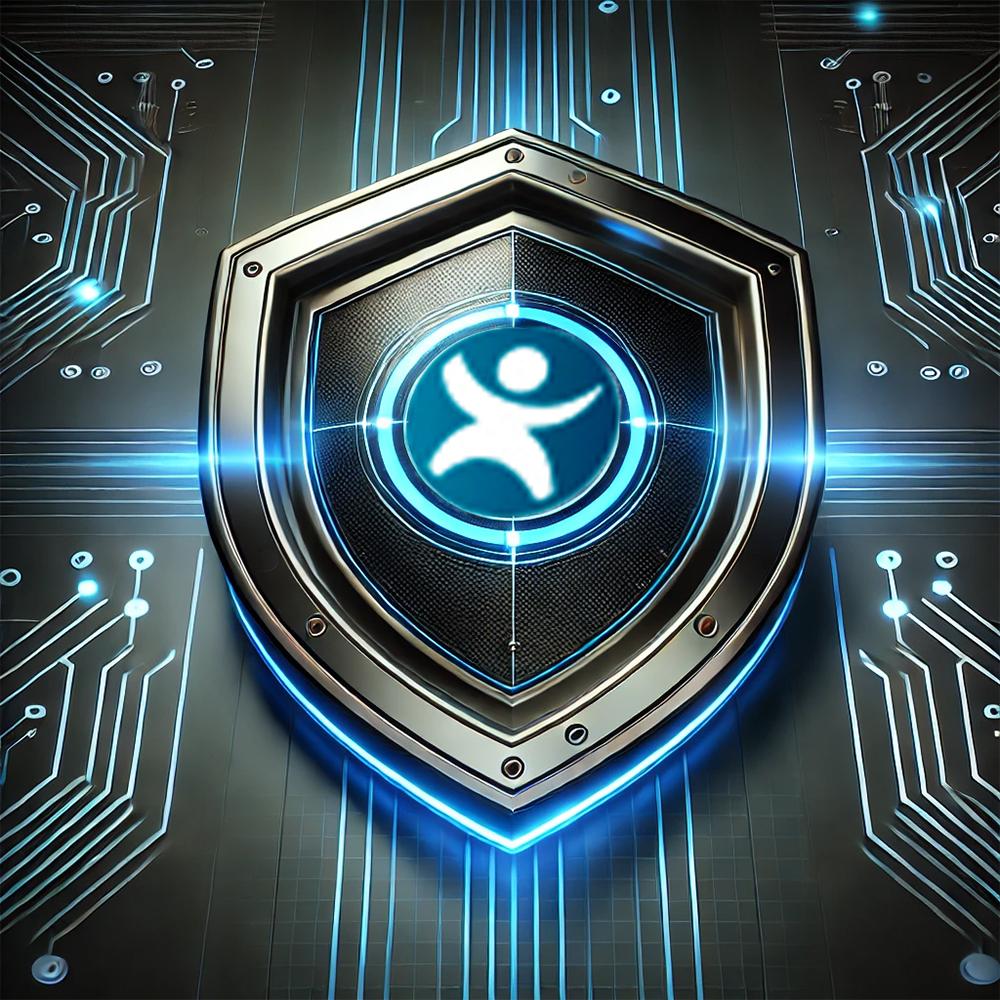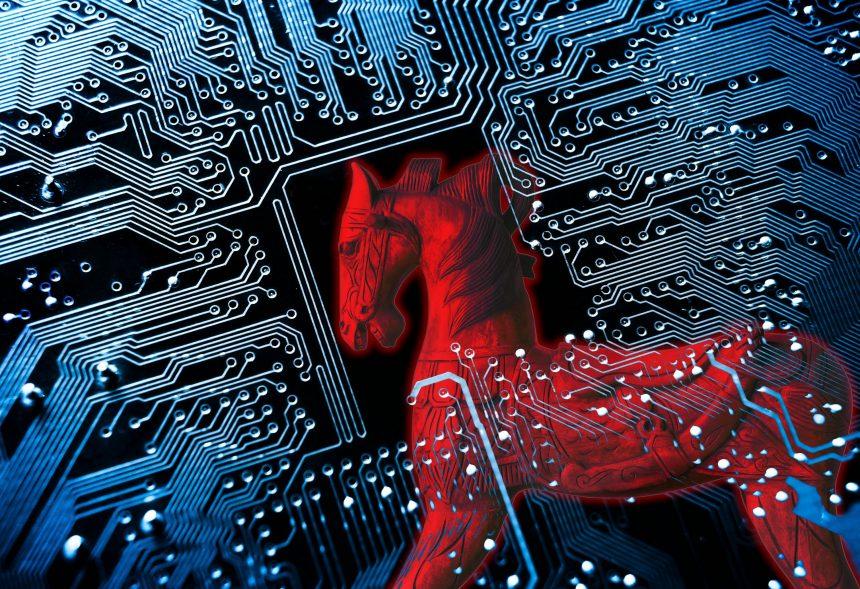Shadowpad is a sophisticated and dangerous form of malware that has been wreaking havoc on systems worldwide since at least 2017. Known primarily for its modular structure, Shadowpad can be used for a variety of malicious activities, including information theft, network infiltration, and, in some cases, file encryption via ransomware. This malware is often associated with Chinese cyberespionage groups, but its attacks have evolved over time, affecting various industries across the globe. In this article, we’ll break down the details of the Shadowpad threat, how it functions, how to remove it using SpyHunter, and the preventive measures you can take to avoid future infections.
Shadowpad Malware: An Overview
Shadowpad is a modular Trojan, which means it can be expanded with various plug-ins or components designed to perform specific tasks. Initially used by a single threat actor from China, Shadowpad’s attacks have become more widespread, attributed to several Chinese cyberespionage groups over time. Shadowpad is known for its ability to infiltrate networks with admin privileges and establish long-term persistence within an organization’s systems.
Key Characteristics of Shadowpad
- Modular Design: Shadowpad can evolve by loading different modules such as keyloggers, screen capture tools, and file downloaders, depending on the threat actor’s objectives.
- Code Obfuscation: To evade detection, Shadowpad employs techniques like code obfuscation and anti-debugging mechanisms.
- DLL Sideloading: The malware often infects systems by exploiting DLL sideloading, leveraging legitimate applications to execute the malicious payload.
- Infection Chain: Once installed, Shadowpad can download and install other malware, including ransomware, spyware, or additional trojans, to further compromise the system.
The malware can also be used to deploy ransomware, such as NailaoLocker, which encrypts files and demands payment for decryption. This malicious activity not only disrupts operations but can also result in significant financial losses and data breaches.
Shadowpad Malware: Detailed Threat Summary
Here’s a table summarizing the key details of the Shadowpad malware:
| Attribute | Details |
|---|---|
| Threat Type | Trojan, loader, spyware |
| Detection Names | Avast: Win64:MalwareX-gen [Trj] |
| Combo Cleaner: Gen:Variant.Tedy.616092 | |
| ESET-NOD32: A Variant Of Win64/Agent.EAE | |
| Kaspersky: Trojan.Win64.Shadowpad.kk | |
| Microsoft: Trojan:Win64/Malgent!MSR | |
| Symptoms of Infection | Silent infiltration; no obvious symptoms unless further infections occur, such as file encryption. |
| Damage | Stolen passwords, banking information, identity theft, data encryption (via ransomware), system compromise |
| Distribution Methods | Infected email attachments, malicious online ads, social engineering tactics, software cracks |
| Danger Level | High – capable of stealing sensitive data, introducing other malicious programs, and causing financial harm |

Remove
Shadowpad Malware
With SpyHunter
Download SpyHunter now, and scan your computer for this and other cybersecurity threats for free!
As the table shows, Shadowpad is primarily designed for stealth and persistence, making it difficult to detect until significant damage is done. The malware’s modular design allows it to perform a wide range of malicious actions, from stealing credentials to installing ransomware.
How Shadowpad Works
The initial infection vector for Shadowpad is often a malicious email attachment, a software crack, or an infected advertisement. Once the victim opens the attachment or interacts with the malicious content, Shadowpad gains access to the system. The malware then runs with admin privileges, allowing it to inject various components or modules into the system.
Shadowpad can be used to:
- Steal Credentials: It captures passwords, banking information, and other sensitive data.
- Keylogging: Records keystrokes to harvest usernames, passwords, and other private information.
- Take Screenshots: Records images of the victim’s screen to monitor activities.
- Install Ransomware: The malware can download and install ransomware like NailaoLocker, which encrypts files and demands a ransom.
After infection, Shadowpad can remain hidden, continuously downloading additional malicious software. These persistent infections can lead to extensive damage, including financial loss, identity theft, and the loss of sensitive business data.
How to Remove Shadowpad Malware?

Remove
Shadowpad Malware
With SpyHunter
Download SpyHunter now, and scan your computer for this and other cybersecurity threats for free!
If you suspect that your system is infected with Shadowpad, it is crucial to remove the malware as quickly as possible to prevent further damage. Here’s a comprehensive guide on how to use SpyHunter to remove Shadowpad:
Step 1: Download and Install SpyHunter
- Download the installation file.
- Follow the on-screen instructions to install SpyHunter on your system.
- Launch the program once the installation is complete.
Step 2: Run a Full System Scan
- Open SpyHunter and initiate a full system scan to detect any hidden threats.
- SpyHunter will scan your entire system, including files, registry entries, and running processes.
- Wait for the scan to complete. This may take several minutes, depending on your system’s size.
Step 3: Review the Scan Results
- Once the scan is finished, SpyHunter will provide a detailed report of the detected threats.
- Look for any detections related to Shadowpad or other suspicious files and malware.
Step 4: Remove Detected Threats
- Select the items you wish to remove and click the “Fix” or “Remove” button.
- SpyHunter will quarantine and remove the detected threats from your system.
Step 5: Restart Your Computer
After removing the malware, restart your computer to complete the removal process.
Preventive Measures to Avoid Shadowpad Infections
To avoid future Shadowpad infections, it’s crucial to follow these preventive methods:
- Update Software Regularly: Ensure your operating system, applications, and security software are always up to date. This reduces the risk of vulnerabilities being exploited by malware.
- Use Reputable Antivirus Software: Employ a trusted antivirus solution like SpyHunter to monitor your system for malware and block potential threats.
- Avoid Suspicious Emails and Attachments: Be cautious when opening email attachments, especially from unknown sources. Don’t click on links or download attachments unless you trust the sender.
- Educate Your Employees: If you are a business owner, educate your employees about phishing and social engineering tactics. This can help prevent the initial infection vector used by Shadowpad.
- Backup Your Data: Regularly back up your critical data to prevent data loss in case of a ransomware attack.
- Use Strong Passwords: Use strong, unique passwords for all your accounts, and consider using a password manager to store them securely.
Conclusion
Shadowpad is a highly dangerous and stealthy form of malware that can cause significant damage if left unchecked. By understanding how it works, recognizing the symptoms, and following the recommended removal and prevention steps, you can protect yourself from this growing threat. Remember to use security tools like SpyHunter to keep your systems safe, and stay vigilant against potential infections.

Remove
Shadowpad Malware
With SpyHunter
Download SpyHunter now, and scan your computer for this and other cybersecurity threats for free!





